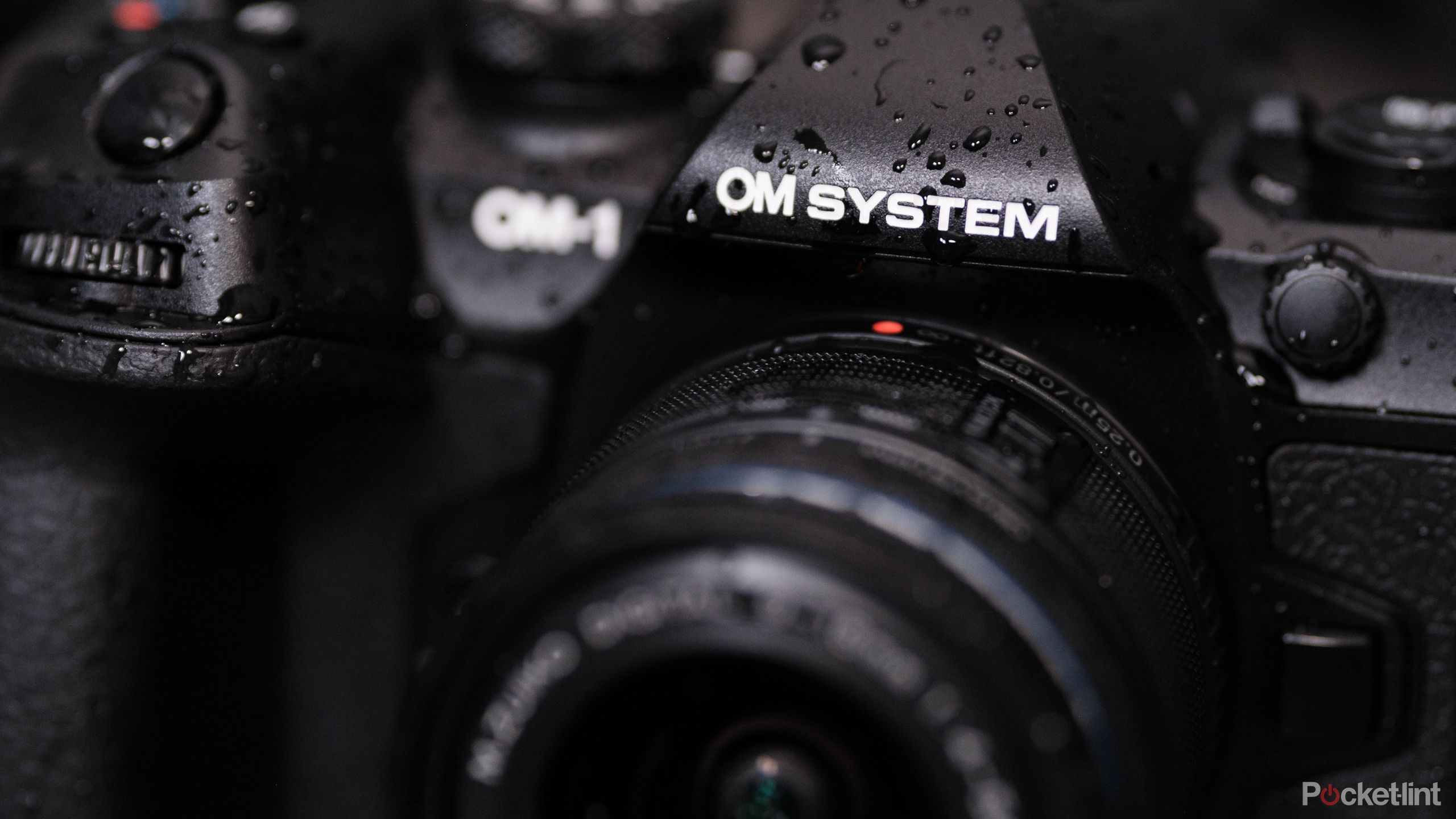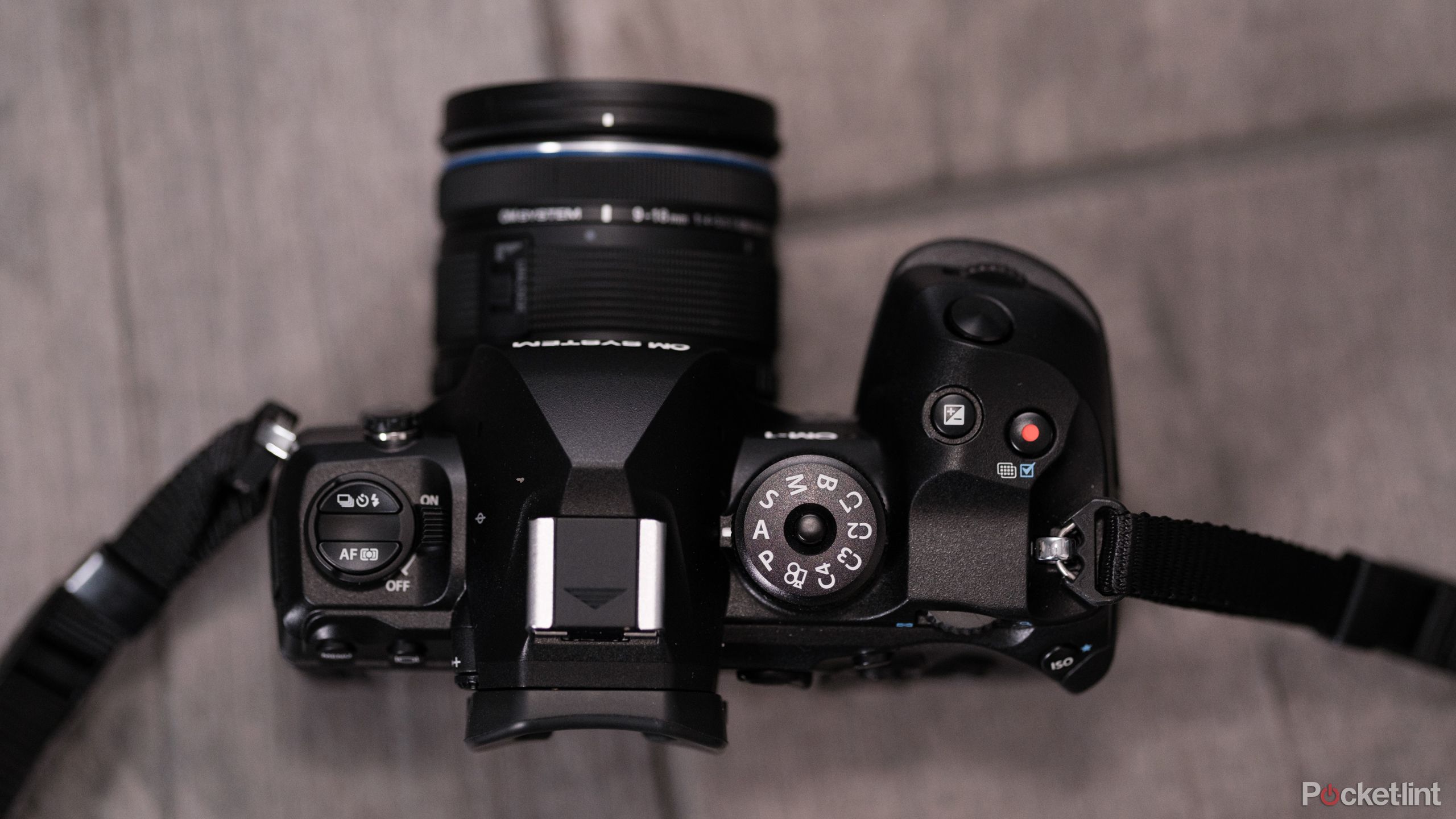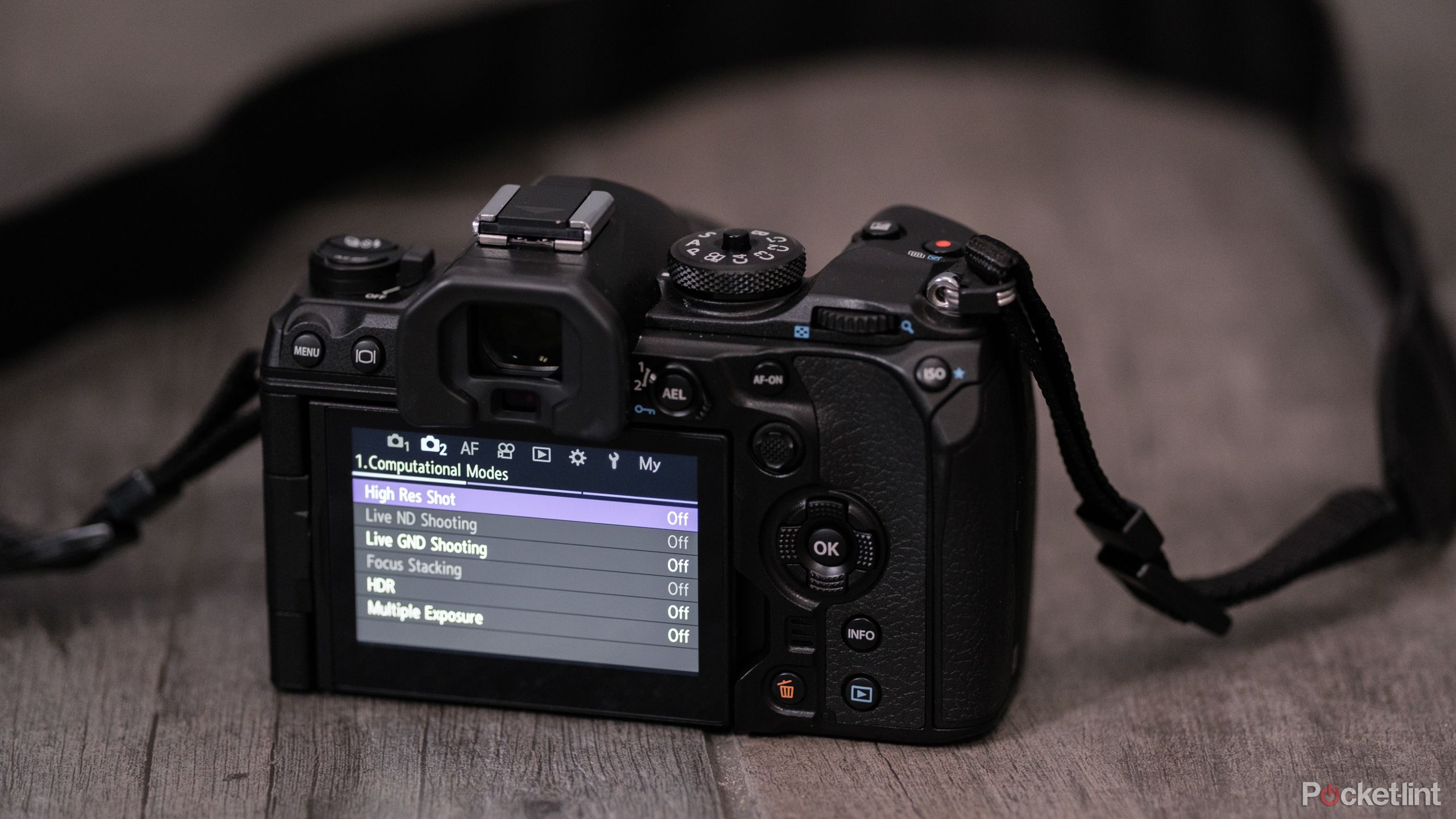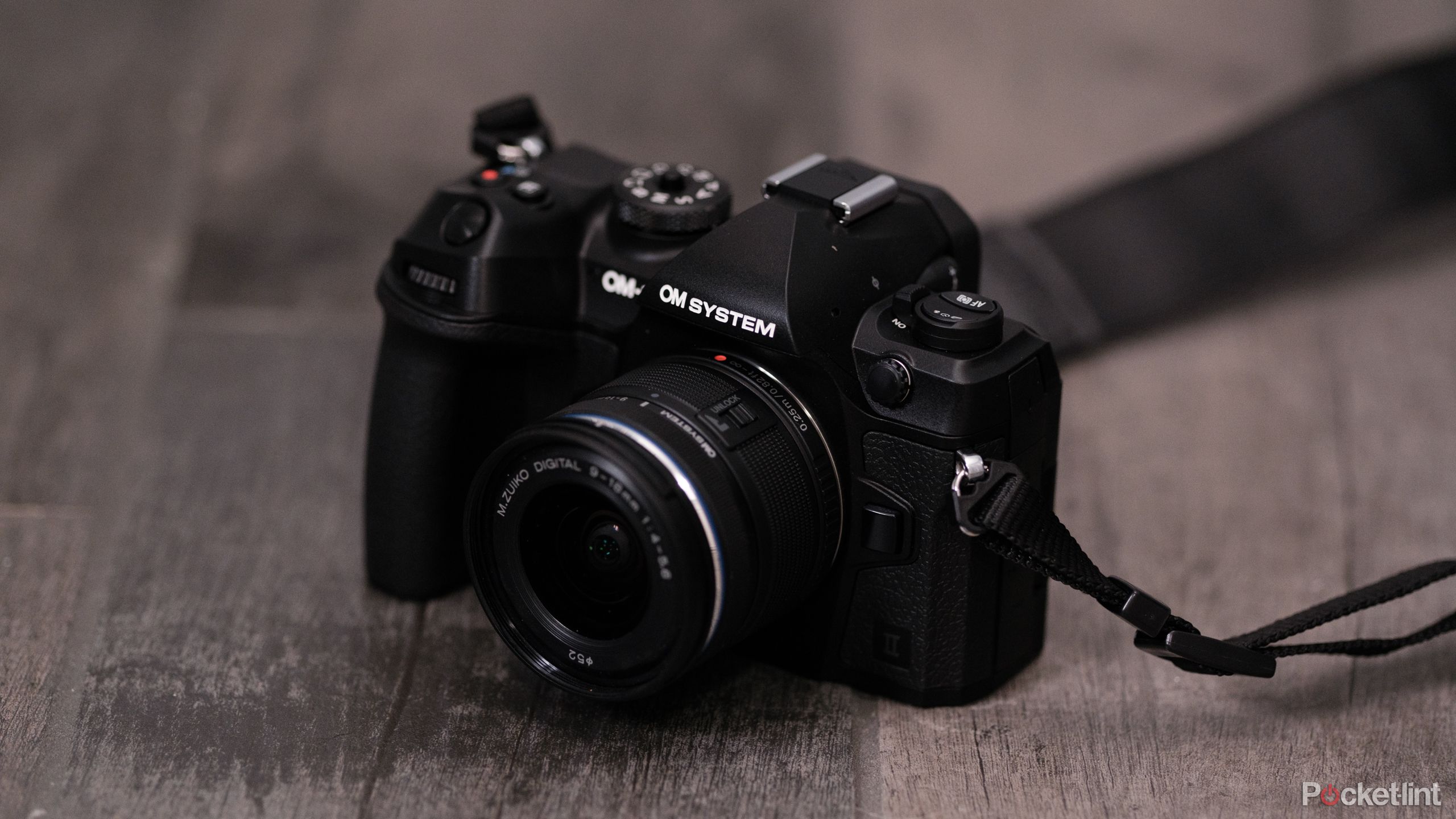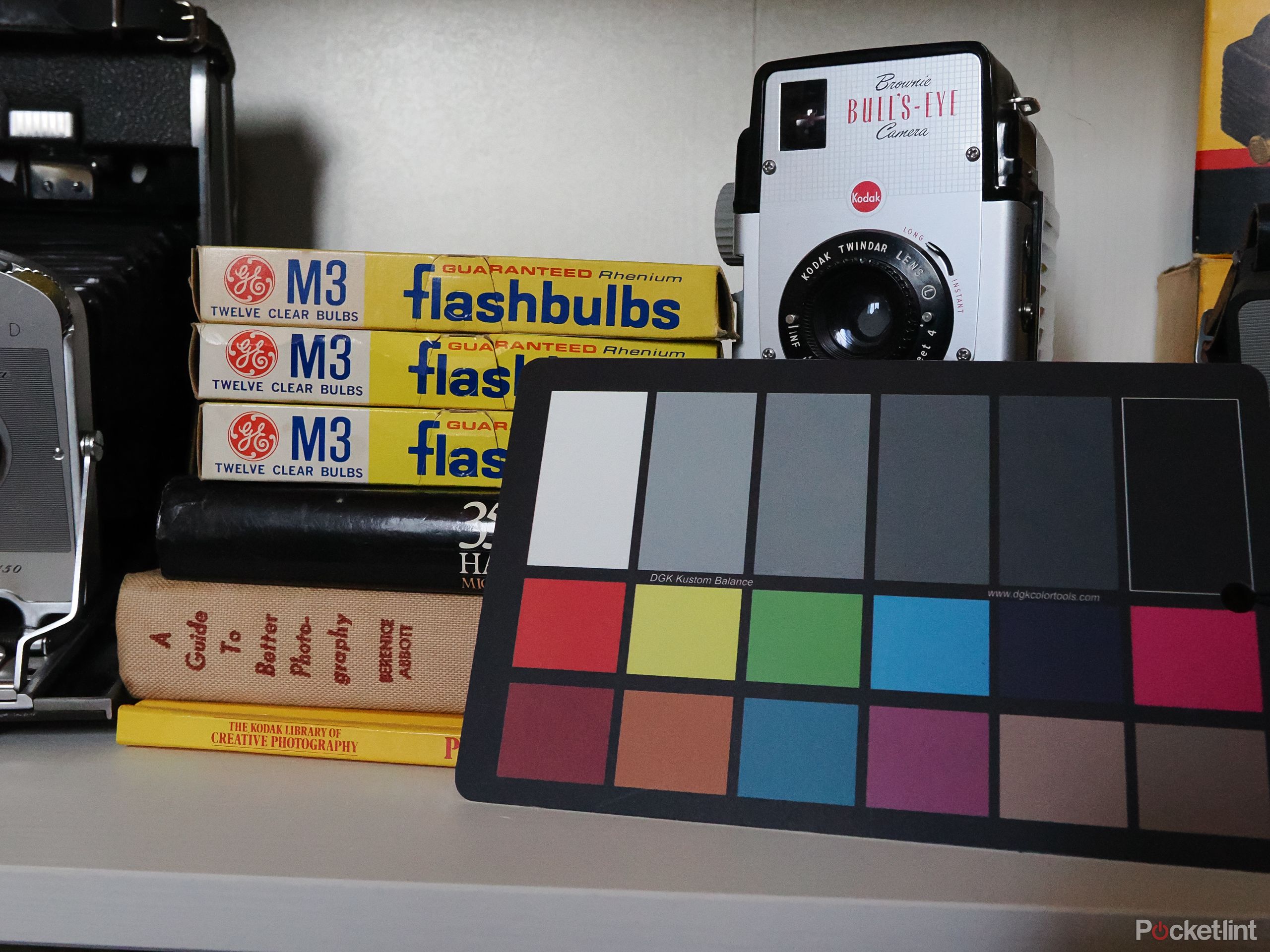Mirrorless cameras have come far enough that it’s now harder to find a bad camera than it is to find a good one. Photographers are spoiled for choice with few bodies offering poor image quality. One of the biggest ways mirrorless cameras differ from the competition is in capability. The OM System OM-1 Mark II takes this to the extreme.
The Micro Four Thirds body offers a long list of features that are hard to find elsewhere. The camera can autofocus on stars, then take handheld long exposures by mixing top-tier stabilization with built-in neutral-density filters. Processes like focus stacking and live composites are all done in camera, without Photoshop.
Best mirrorless cameras: Top models from Nikon, Canon, Sony, and more
If you’re looking for a camera that is both light and powerful, mirrorless is the way to go.
Are there better sensors than the 20.4 megapixel Micro Four Thirds one inside the OM-1 Mark II? Absolutely, but you will be hard pressed to find another camera body that can accomplish what OM System’s latest flagship can without accessories or Photoshop. Of course, that Micro Four Thirds sensor also makes it possible to find a 1200mm equivalent lens that doesn’t cost or weigh a ton.
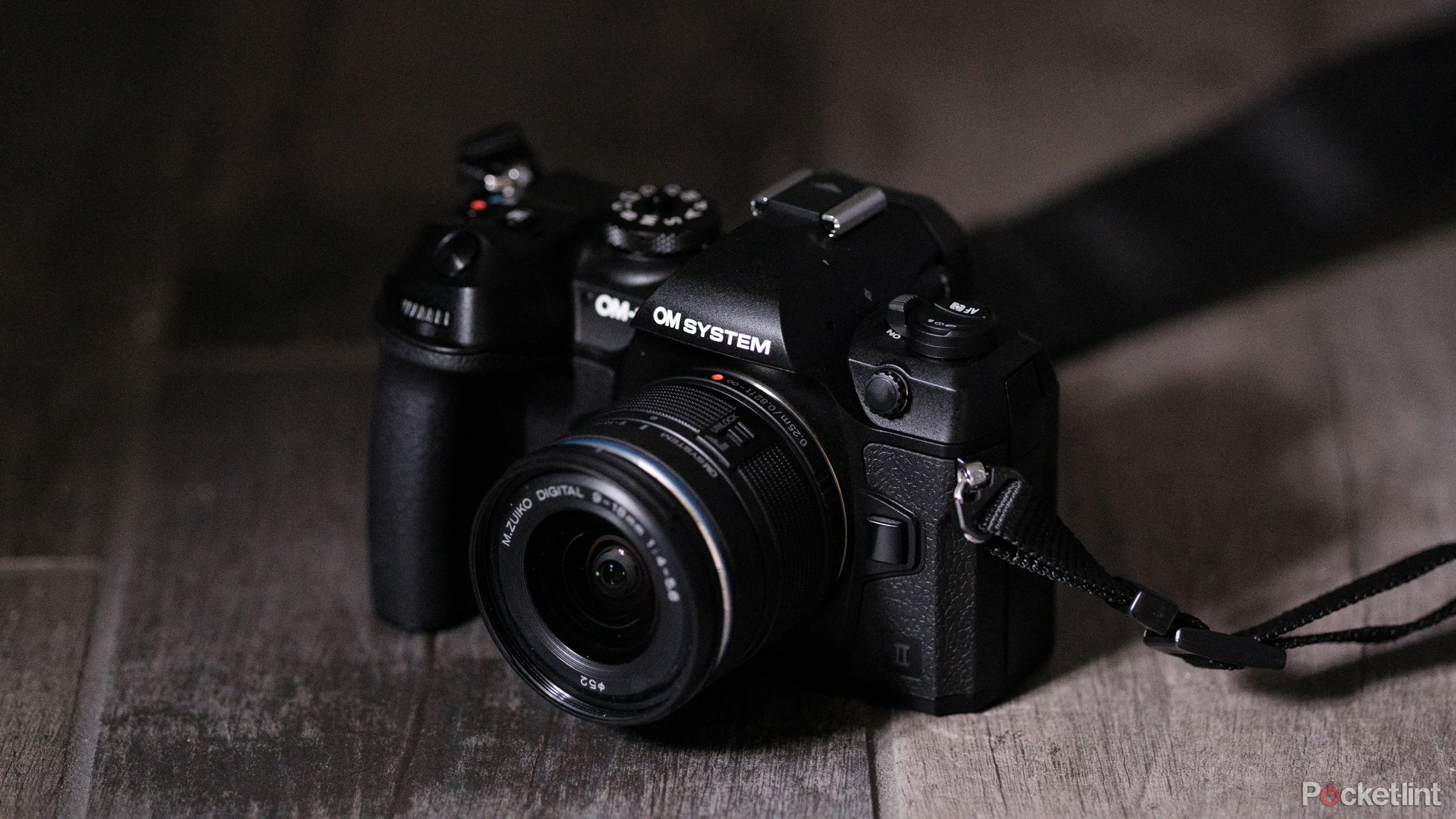
OM System OM-1 Mark II
Recommended
The OM System OM-1 Mark II delivers powerful capabilities with its excellent stabilization and computational photography options. While its an excellent camera for travel and wildlife photography, images aren’t as good as a full-frame camera at the same price point.
- 8.5 stops of stabilization
- Built-in NDs and GNDs
- Solid autofocus with subject detectijon and astrophotography
- Fast burst speeds
- Durable, compact construction
- Full frame offers better image quality
- Pricey
- Lacks ProRes video
Price, specs, and availability
OM System announced the OM-1 Mark II in January 2024. The camera is now shipping with a retail price of $2,400 body-only. I tested the body with the M. Zuiko 9-18mm f4-5.6 and 150-600mm f5-6.3 lenses.
OM System OM-1 Mark II
- Brand
- OM System
- Sensor Size
- 20.4MP Micro Four Thirds
- Video Resolution
- 4K at up to 59.94 fps
- Photo Resolution
- 5,184 x 3,888
- Battery
- Li-ion rated at 500 shots
- Connection
- Wi-Fi and Bluetooth
- Size
- 138.8 x 72.7 x 91.6mm
- Weight
- 511 g (body only)
- Water Resistance
- IPX53
- Lens
- Supports Micro Four Thirds
- Storage
- Two UHS-II SD card slots
- Burst speed
- 20 fps (mechanical) 120 fps electronic (50 fps with autofocus)
- Autofocus
- Phase Detection with 1,053 points
Design
Tough but comfortable
There is such a thing as a camera that’s too small, but the OM-1 Mark II offers the ideal blend between heft and ergonomics. The body features a large grip that’s as comfortable as a DSLR. The camera weighs in at about 21 ounces (599g) with battery and microSD included.
The compact design keeps controls within easy reach. At the top of the OM-1 Mark II, there’s a mode dial, as well as shortcuts for the burst mode, autofocus, and exposure compensation. Two control dials sit at the front and back of the grip, with an ISO button allowing for quick exposure adjustments.
The back of the camera features a suite of menu controls, but the highlight here is the large LCD that tilts out to the side. The hinge-style screen makes it easy to shoot from awkward angles, or tuck the screen away for protection. It’s also touch-enabled with tap-to-focus and the quick menu, though the full menu requires use of the physical buttons.
The camera houses plenty of ports as well. It has two UHS-II SD card slots, a USB-C port, mic jack, micro HDMI and synchro socket. Wi-Fi and Bluetooth connectivity make it easy to connect to the OM System app. One minor annoyance that’s starting to become the norm with most cameras is that OM-1 Mark II doesn’t ship with a charger included in the box. You need to buy an adapter separately.
The Mark II is designed for outdoor adventures. The body is rated IP53-certified against dust and splashes and shooting down to 14-degrees Fahrenheit (-10 degrees Celsius). A sonic wave filter sits inside and vibrates every time the camera is powered on to keep dust off the sensor.
 Photo and video performance
Photo and video performance
Ditch the filters, and maybe even the tripod
The OM-1 Mark II’s heavy focus on features makes it possible to do more without Photoshop and many accessories. It has features that will simplify things for novices and hobbyists, yet is advanced enough most photographers aren’t going to grow out of this camera.
For example, the body offers an incredible 8.5 stops of stabilization. That’s enough stablization to take handheld long exposures, even at five seconds with a wide-angle lens.
The inclusion of built-in neutral density filters make it even possible to take handheld long exposures during the day. While Mark II’s predecessor had this feature, the new camera goes one step further with the addition of graduated neutral density filters. GNDs slip over the lens in order to darken the sky to avoid overexposure. The OM-1 Mark II uses computational photography to do that internally — no physical filters required. You can adjust the intensity and see the effect before you shoot. The camera’s controls allow you to adjust where the filter falls so that it covers the sky even when the horizon is at an angle.


While the OM-1 Mark II’s predecessor offered subject detection autofocus, OM System has improved accuracy on the new model. Bird eye AF is a major boost for beginner wildlife photographers. The feature works well most of the time, but struggles if branches or leaves cover part of the animal. It also has some difficulty in backlighting. In my experience, Canon’s high-end cameras do a better job of picking a bird out of a mess of branches.
In general, autofocus performance is solid — if not the absolute best. With the fastest subjects heading straight towards the camera, expect a few dropped frames. For example, photographing my dog with animal eye AF at 10 fps, around 20 percent of the resulting shots were soft. The camera does better if the subject isn’t heading straight towards it. The OM-1 Mark II snaps images as fast as 50 fps (120 fps if you don’t need autofocus). Your hard drive will cry handling that many images though, and slower speeds also benefit from a blackout-free viewfinder. The OM-1 Mark II also includes more RAM than before, so the camera can sustain those fastest burst speeds for twice as long.
These features work to help the camera do more, both without using accessories and in the hands of more novices. Like it predecessor, the OM-1 Mark II can also merge multiple images for sharper photos and star trails, or start taking photos early to correct bad timing. In scenes without movement, handheld high-res mode can merge multiple images into a 50-megapixel shot, or 80-megapixels with a tripod.
The camera captures video at up to 4K 60p, with the excellent eye AF boosting performance. Video isn’t a major selling point though, with competing options like the Panasonic G9 ii and GH6 offering 5.7K capture and ProRes support.
OM System OM-1 Mark II sample image
Image quality
Good, but not the best for a camera this pricey
The OM-1 Mark II produces good images, though you can expect better results from a full-frame camera. That’s unsurprising, as the 20.4-megapixel Micro Four Thirds sensor and TruePic X processor is the same hardware that’s tucked inside the earlier model. I don’t feel the same awe viewing images from the OM-1 Mark II at 100 percent resolution as I do with full frame competitors at the same price point. Photos are sharp and colorful, but don’t feature as much detail as those produced by a higher-resolution camera. Image grain is tolerable at ISO 3,200. I’d use the camera up to ISO 12,800 if push comes to shove.
OM System OM-1 Mark II sample image
However, the 2X crop factor brings benefits when working with telephoto lenses. You can get closer to subjects with the OM-1 Mark II because a 600mm lens is equivalent to a 1200mm on a full frame body — and is more affordable and lightweight.
Verdict
The OM System OM-1 Mark II is one of the most capable cameras I’ve used, but I’ve seen other $2,400 cameras produce better photographs. The OM-1 Mark II’s features make it one of the best Micro Four Thirds bodies available. If you want carry lighter lenses and fewer accessories on your next adventure, the camera is an excellent choice. It can manage some long exposures without filters and sometimes even without a tripod. It can also complete focus stacking and live composites without Photoshop. Those features are excellent for travel, along with making difficult photography easier for hobbyists.
By comparison, the Panasonic G9 II offers more resolution and excellent color profiles. However, I think the OM-1 II features better eye AF, along with extras like built-in ND and GNDs, as well as a no-blackout viewfinder. OM System’s latest flagship also offers longer battery life at 520 shots.
The OM-1 Mark II is one of the best cameras for travel and a top option for the Micro Four Thirds format. However, if pure image performance are important to you, the OM-1 Mark II can’t compete with similarly priced full-frame cameras. For travelers, beginners who want more than a plasticky novice model and genres where the 2x crop factor is a pro rather than a con, the OM-1 Mark II is well worth considering.

OM System OM-1 Mark II
Editor’s Choice
- 8.5 stops of stabilization
- Built-in NDs and GNDs
- Solid autofocus with subject detectijon and astrophotography
- Fast burst speeds
- Durable, compact construction
- Full frame offers better image quality
- Pricey
- Lacks ProRes video
Trending Products

Cooler Master MasterBox Q300L Micro-ATX Tower with Magnetic Design Dust Filter, Transparent Acrylic Side Panel…

ASUS TUF Gaming GT301 ZAKU II Edition ATX mid-Tower Compact case with Tempered Glass Side Panel, Honeycomb Front Panel…

ASUS TUF Gaming GT501 Mid-Tower Computer Case for up to EATX Motherboards with USB 3.0 Front Panel Cases GT501/GRY/WITH…

be quiet! Pure Base 500DX Black, Mid Tower ATX case, ARGB, 3 pre-installed Pure Wings 2, BGW37, tempered glass window

ASUS ROG Strix Helios GX601 White Edition RGB Mid-Tower Computer Case for ATX/EATX Motherboards with tempered glass…


